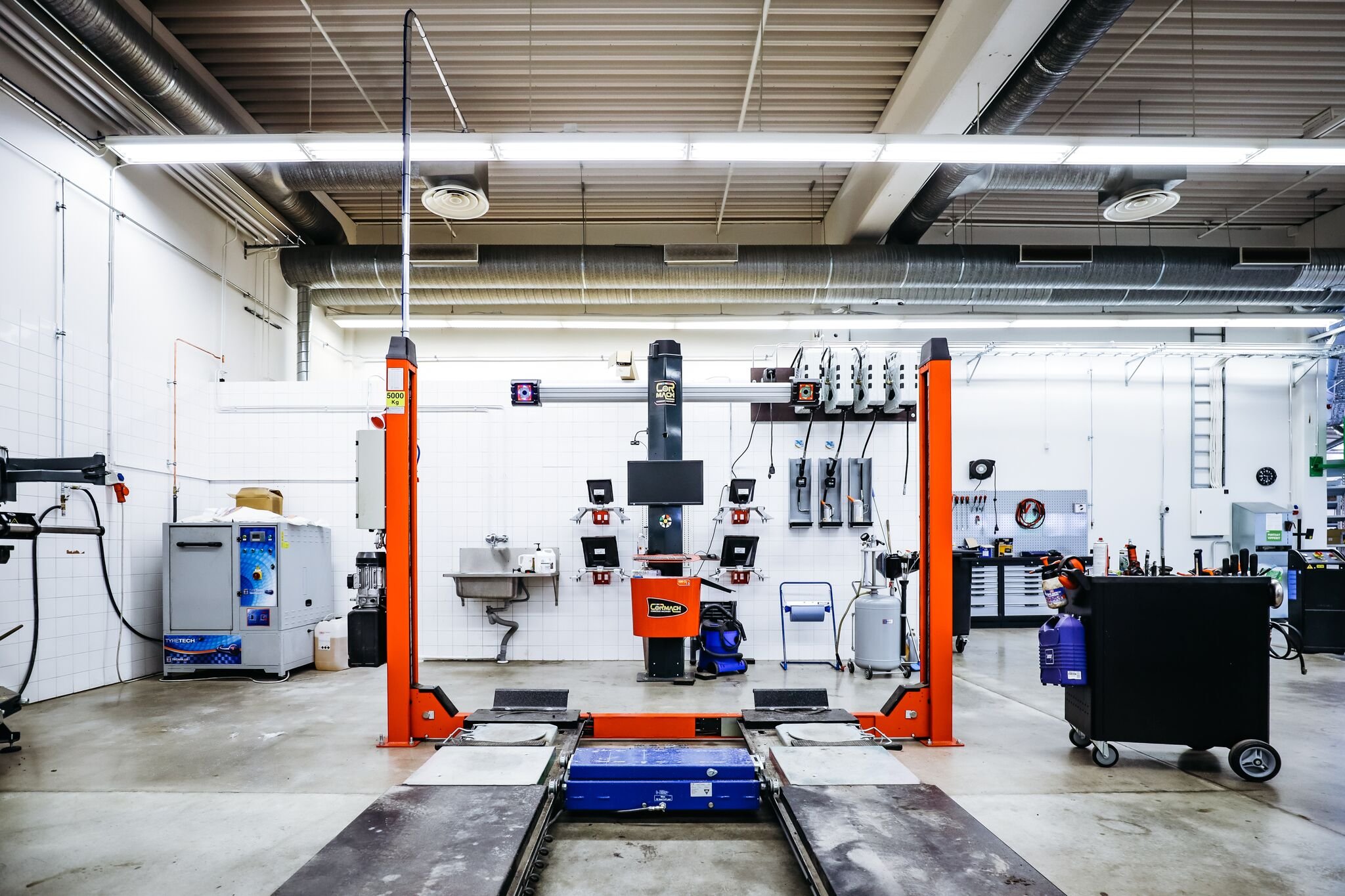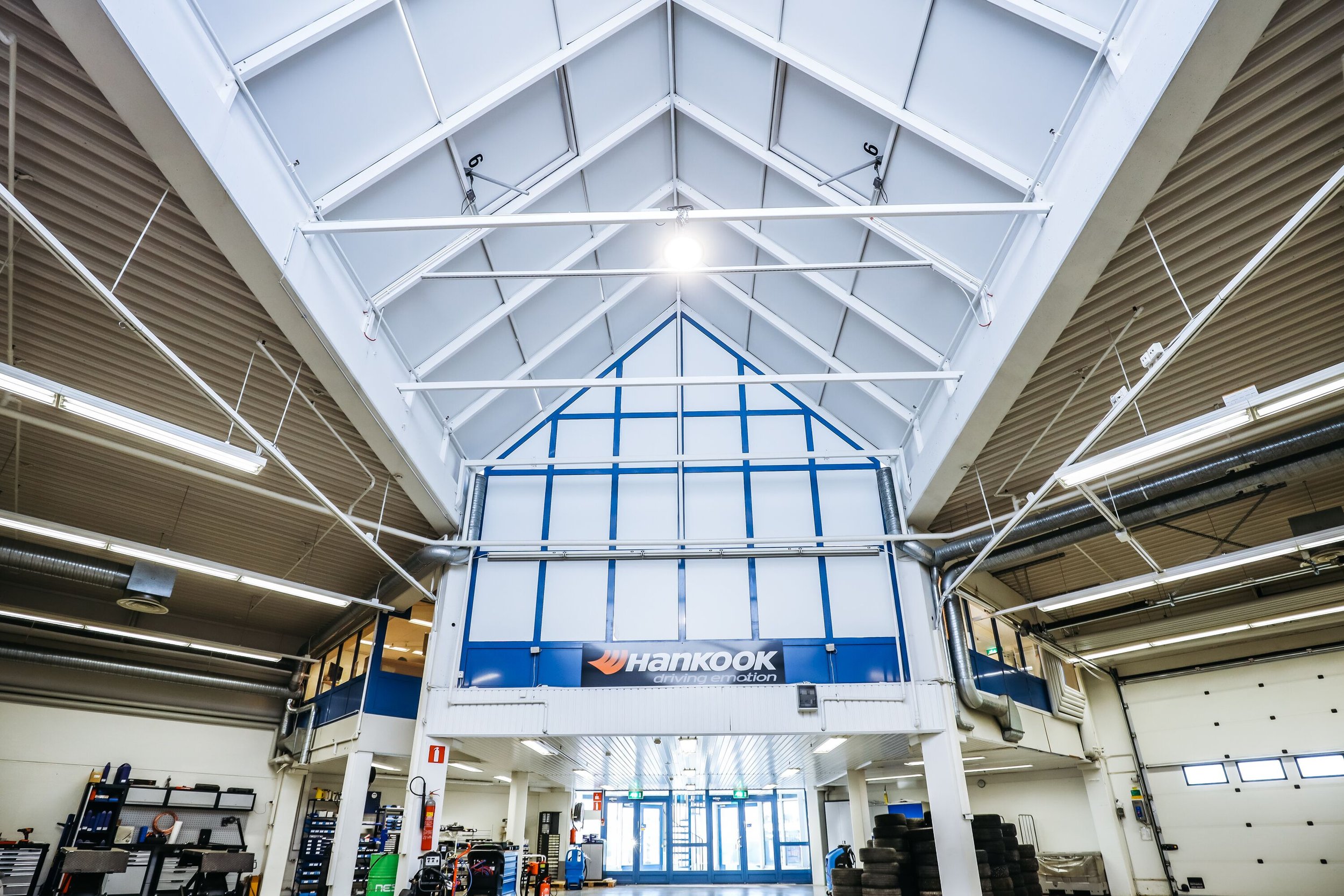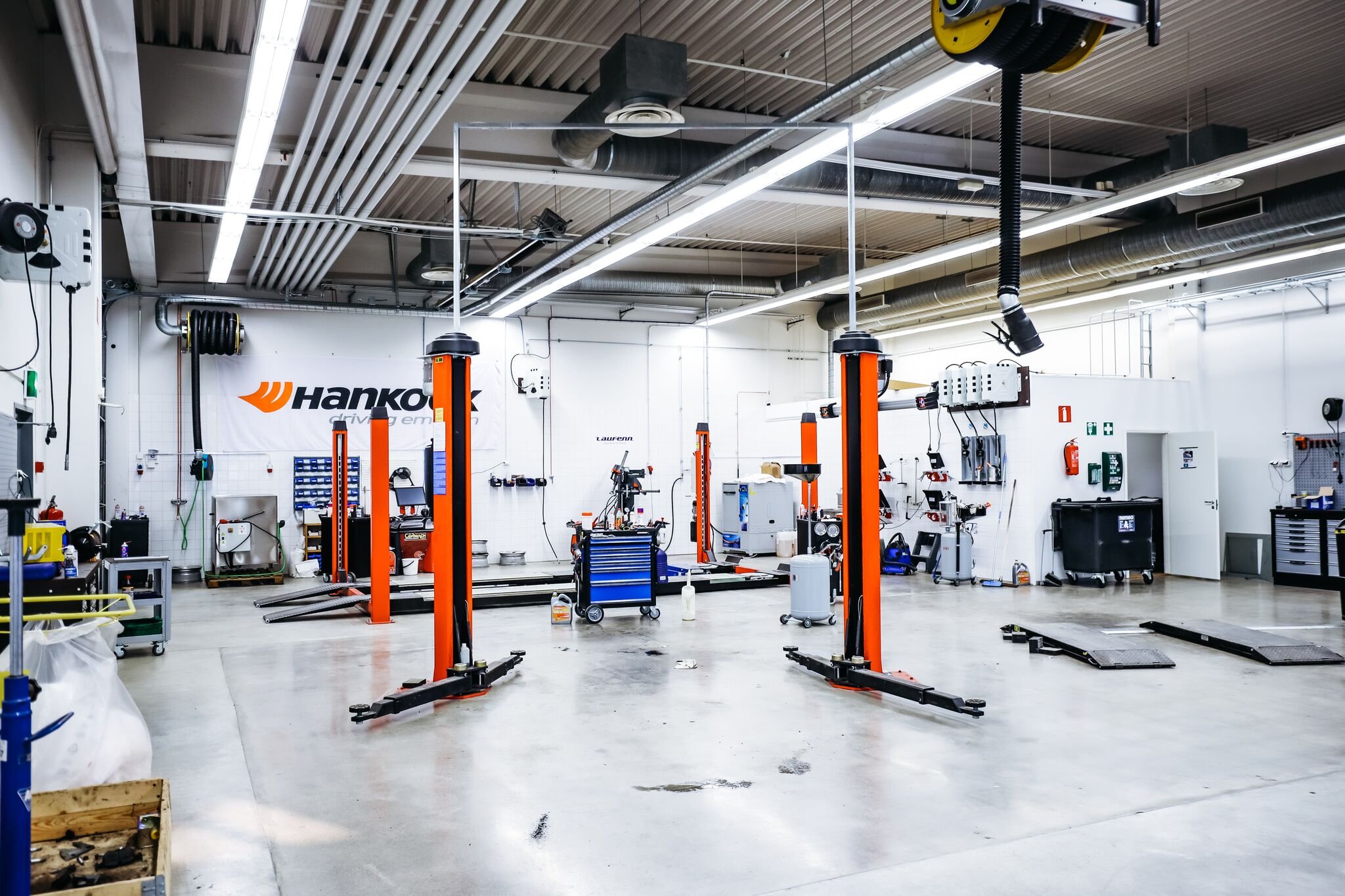Energy efficiency with lighting automation!
When designing good lighting, we always start from the customer's wishes and needs. In the hall premises, there is a desire to improve the work efficiency and safety of employees, while in store premises, products should be highlighted with the help of light in such a way that it attracts customers to buy.
In many cases, customers highlight the comfort, safety and energy efficiency of lighting in their wishes.
Automation for use
Automation is clearly the most significant way to reduce unnecessary energy consumption. Thus, there is a growing desire for automatic control of lighting and also for the user's individual ability to control the lighting according to their needs.
With motion sensors, the light turns on only when it is needed. Energy consumption can also be influenced by specifying the desired lighting intensity for each space. It is also possible to implement the so-called .... standard light control, which is able to dim the light level when there is enough natural light from the windows.
When implemented with wireless technology, it is easy to make changes to the lighting and thus the costs remain moderate. When everyone in office spaces has the opportunity to personally adjust the lighting of their own workstation, this also saves on energy use, as for many people today, especially when working with display screens, a smaller amount of light is enough than before when working with papers.
Make the most of natural light
When natural light enters the space, a daylight sensor can be installed there, in which case the lighting automatically adjusts to a certain level of illumination, depending on the amount of natural light coming from the windows. The sensor continuously assesses the illuminance of the space and adjusts its brightness as needed. Daylight sensors can therefore achieve significant energy savings!
Switch to LEDs
The simplest way to save is to replace old luminaires with LED ones. Sometimes it may also be the only way if there is always movement in the space and natural light is not provided. In practice, LEDs are always the most cost-effective choice, as they have low energy consumption and a long service life. However, the source of the light is not the only factor affecting energy consumption, but also the luminaire itself, its shape and quality affect how much savings are made.





